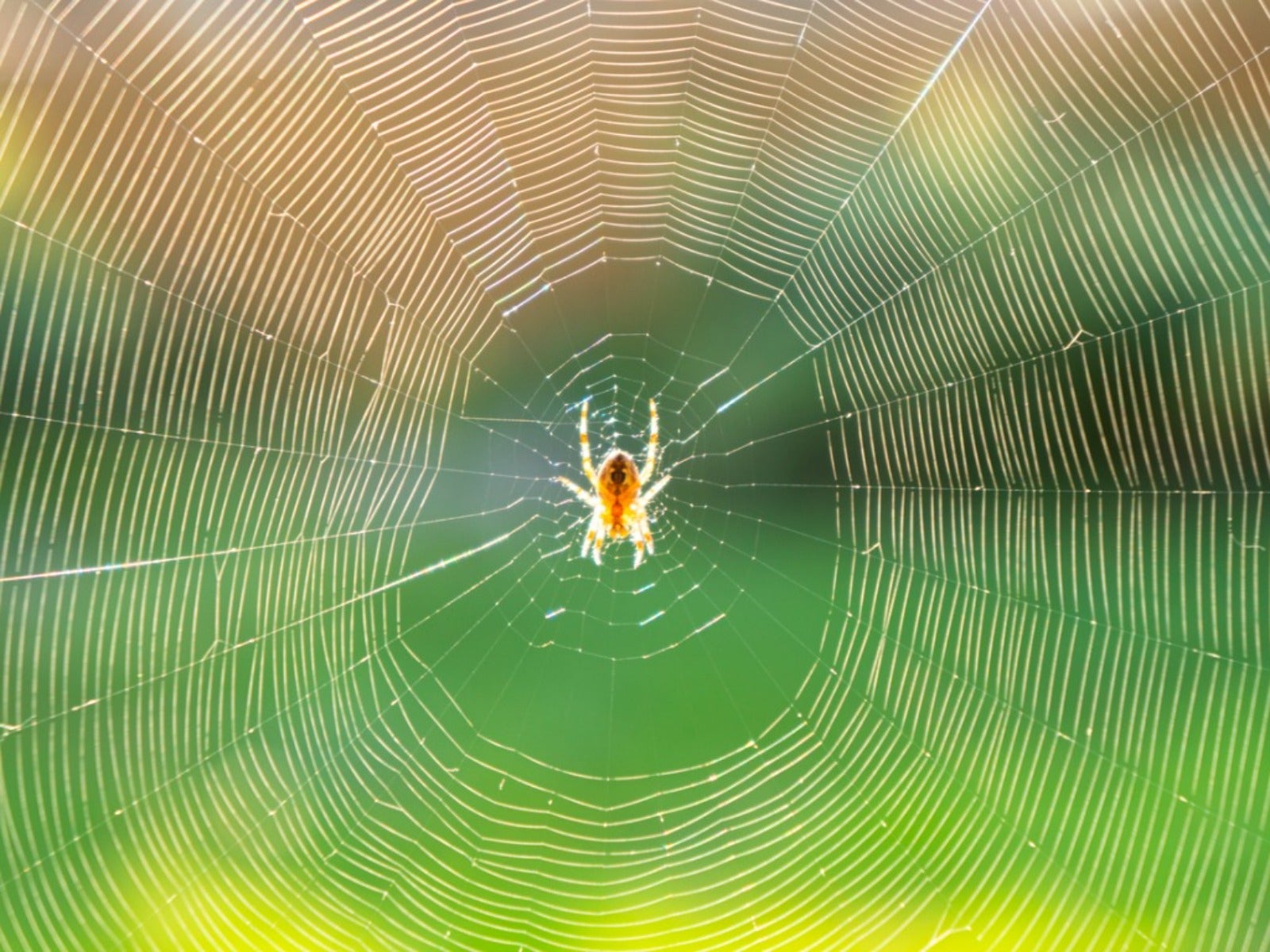Types Of Garden Spiders That Benefit Plants


While bees may get all the attention as beneficial insects, there are others working steadfastly in the garden to eliminate pesky bugs, mosquitoes, gnats, grasshoppers, and aphids. Garden spiders, who pose no threat to humans, are among the helpers in the garden.
With their creepy appearance and swift movements, spiders evoke fear in most people, but that fear is not warranted. Garden spiders spend their time catching prey, either by waiting patiently or by searching for their dinner. The most fascinating spiders construct webs to catch the weary flyer. So, the next time you see a spider lurking among the plants, relax, and let it do its work.
Good Spiders That Help Gardens
Many types of spiders, or arachnids, live in our yards, ridding our plants of insect and arthropod invaders. Occasionally, spiders get the good guys, too, such as bees or tachinid flies. But that is because they are opportunistic hunters and take what comes around. They don’t target certain pests. Learn to recognize beneficial spiders in gardens.
Poisonous garden spiders are rarely seen in our yards as they keep hidden. Most spiders do have venom that’s used to disable and kill their prey, but is harmless to humans, with a few exceptions like the black widow and the brown recluse.
Garden Spiders You May See
Web spinners make their webs in three shapes - orbs, sheets, or cobwebs. The cobweb spider spins a sticky, irregular web and waits for its victim to arrive. Funnel weavers, such as grass spiders, create a flat web with a hole or funnel in the center where the spider waits for a victim. When it arrives, the spider runs out of the funnel. Orb weavers spin concentric circles in their elaborate webs and await a visitor.
The large black and yellow garden spider, an Argiope orb weaver, certainly gets your attention if it spins its intricate web between your shrubs. It is also called a writing spider because of the zigzag line it creates down the center of its web. If disturbed, it will bounce its web back and forth as a defense mechanism.
Hunting spiders don’t spin a web, but search for their prey. Wolf spiders are often seen running on the ground or in gardens. They have hairy legs and white markings on their gray or brown bodies. You may see the female carrying young on her back. Lynx spiders have spiny legs and may stalk their prey before pouncing or may sit and wait.
Sign up for the Gardening Know How newsletter today and receive a free copy of our e-book "How to Grow Delicious Tomatoes".
An ambush hunter waits patiently for an insect to come close, then attacks. Crab spiders, for example, have enlarged front legs and can move forwards, backwards, and sideways. They typically sit on flowers, hiding under petals, waiting for a meal. Jumping spiders are day hunters, hairy and sometimes iridescent. They can leap 40 times their length and have the best eyesight of all spiders.
You can help protect spiders by avoiding pesticides in the garden and using natural mulch on part of your garden, so they have a place to hide their egg sacs. You will be rewarded by fewer pests on your plants.

After graduating from Oklahoma State University with a degree in English, Susan pursued a career in communications. In addition, she wrote garden articles for magazines and authored a newspaper gardening column for many years. She contributed South-Central regional gardening columns for four years to Lowes.com. While living in Oklahoma, she served as a master gardener for 17 years.